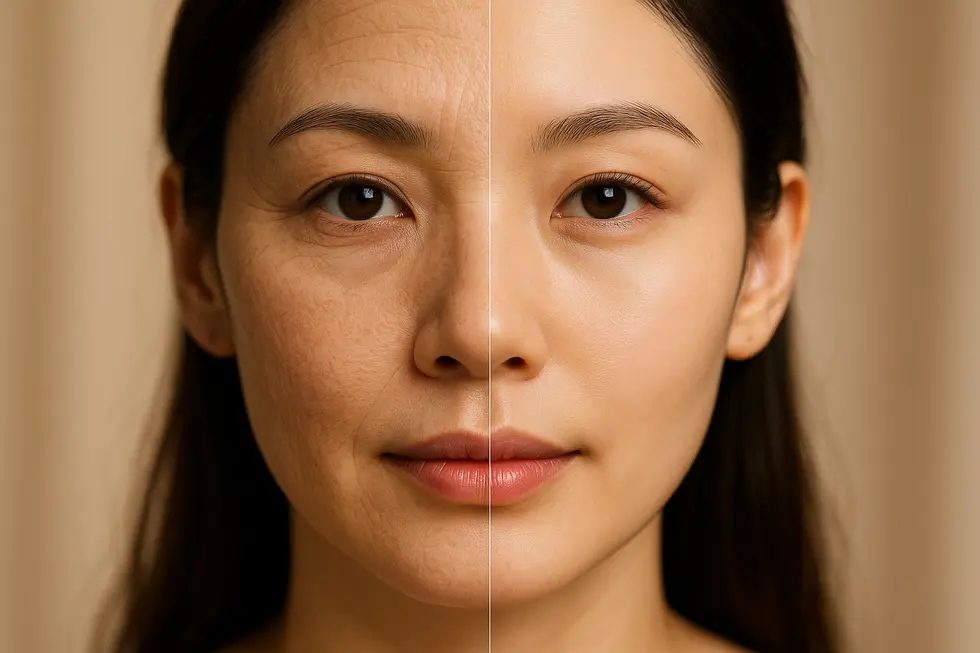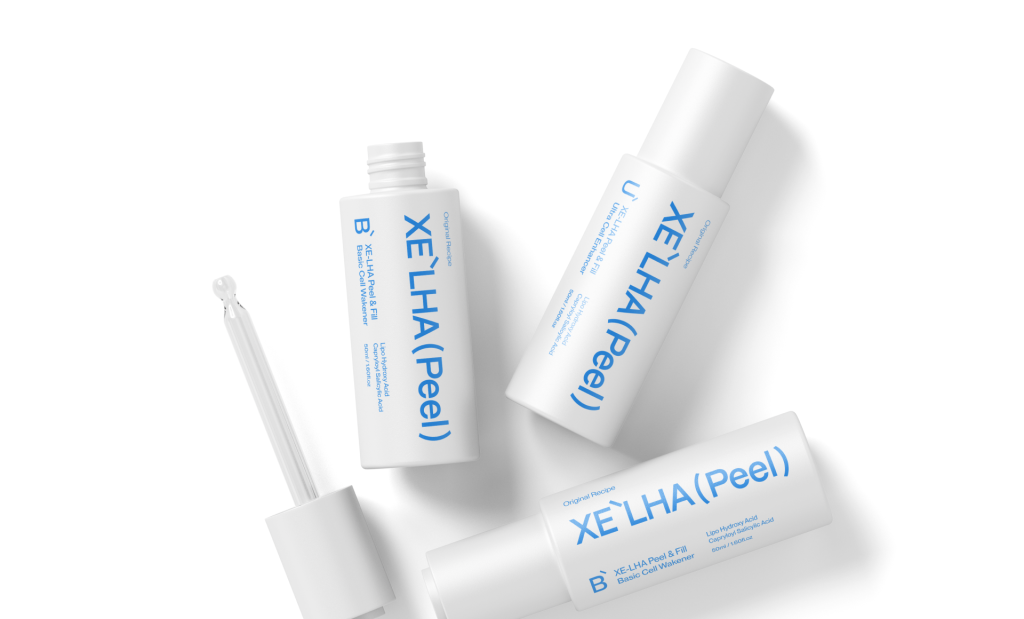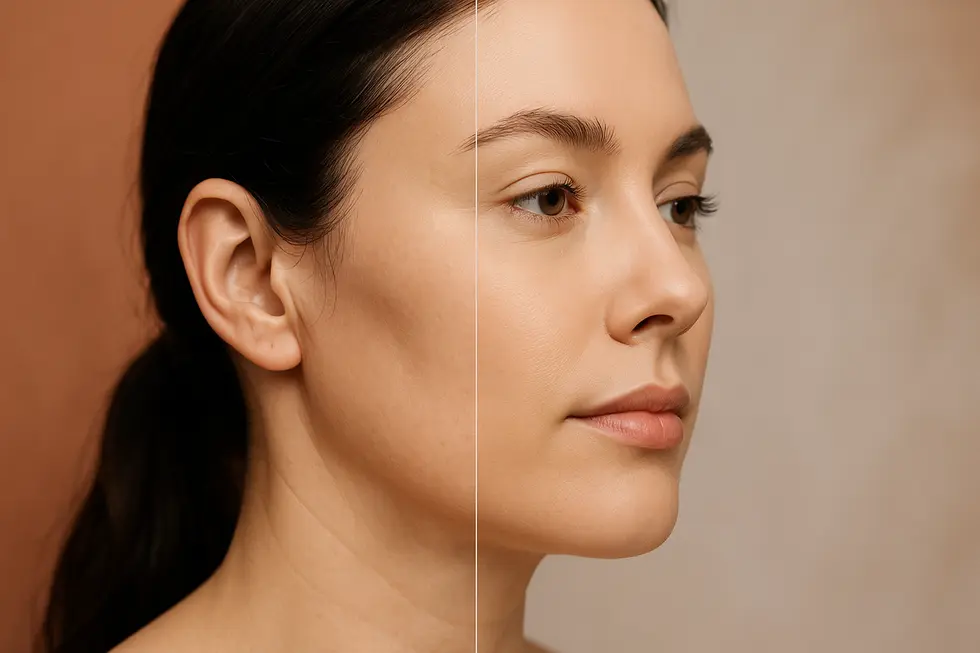
Have you ever looked in the mirror and wished you could just smooth away some of those fine lines or improve that uneven texture? I know I have! It feels like our skin tells the story of our lives, doesn’t it? Sun exposure, stress, maybe even just genetics – they all leave their mark. But what if there was a way to help your skin refresh and rebuild itself? That’s where treatments like Monalisa Touch for skin come into the picture, offering a path towards rejuvenation. 😊
While you might have heard the ‘Monalisa Touch’ name associated with women’s intimate health (and yes, it’s great for that too!), today we’re focusing purely on its incredible abilities for general skin enhancement. It’s an advanced aesthetic procedure, primarily using fractional CO2 laser technology, designed to tackle a variety of concerns from wrinkles to scars and uneven tone. I’m excited to share what I’ve learned about how it works, what results you might see, and basically, everything you need to know before considering it!
Contents
How Does Monalisa Touch Skin Treatment Work? 🤔
Let’s get a little bit into the science, but I promise to keep it simple! At its core, Monalisa Touch for skin uses fractional CO2 laser technology. Think of it like this: instead of treating the whole skin surface at once, the laser creates tiny, controlled micro-injuries, kind of like pixel dots, across the treatment area.
The key here is that the tissue *around* these tiny dots is left untouched and healthy. This is super important because it allows your skin to heal much faster compared to older, fully ablative lasers. These micro-injury zones trigger your body’s natural healing process. It’s like giving your skin a little wake-up call to start repairing itself!
What does this repair process involve? The main goal is to stimulate the production of new collagen and elastin. If you’ve read anything about skin aging, you know these are the superstars! Collagen provides structure and firmness, while elastin gives skin its bounce and elasticity. By boosting these essential proteins, the treatment helps to literally remodel your skin’s structure from the inside out. This fantastic process is called neocollagenesis.
Some Monalisa Touch devices offer customizable settings. This means your practitioner can tailor the depth and intensity of the laser treatment specifically to your skin type, your concerns (like wrinkles vs. scars), and how much downtime you can handle. Personalization is key!

The Beautiful Effects and Expected Outcomes 📈
Okay, so we know how it works, but what kind of magic can you actually expect to see? Patients who undergo Monalisa Touch for skin rejuvenation typically report a pretty impressive range of improvements. It’s not an overnight transformation, but rather a progressive enhancement as your skin heals and rebuilds.
Here are some of the common outcomes:
- Reduction in fine lines and wrinkles, especially those pesky ones around the eyes and mouth.
- Significantly improved skin texture, leaving your skin feeling much smoother and softer.
- Minimized appearance of acne scars, surgical scars, and other textural irregularities.
- Evening out of skin tone, reducing age spots, sun spots, and discoloration.
- Overall skin tightening and enhanced firmness.
You might start seeing some initial improvements within a few weeks, but the real, optimal results usually develop over 3-6 months as that new collagen continues to build. Most people need a series of 2-4 treatments, spaced about 4-6 weeks apart, to get the best possible outcome. It’s truly amazing how much difference this can make in skin quality!
Is Monalisa Touch Right for You? Target Audience and Skin Types 👩💼👨💻
So, who is this treatment best suited for? Monalisa Touch is generally aimed at individuals who are looking to address visible signs of aging, sun damage, or textural issues.
Ideal candidates often seek treatment for:
- Fine lines, wrinkles, and a general loss of skin firmness.
- Skin that looks tired or damaged from years of sun exposure (sun spots, rough texture).
- Various types of scars, especially acne scars, which can really affect skin texture.
- Uneven skin tone or rough patches.
One of the great things is that this treatment can be adapted for various skin types (Fitzpatrick I-VI). However, and this is important, extra caution and specific laser parameters are absolutely crucial for individuals with darker skin tones to minimize the risk of temporary or permanent changes in pigmentation. Always make sure your provider has experience treating your specific skin type!
Monalisa Touch isn’t for everyone. Contraindications include active skin infections, inflammatory skin conditions in the treatment area, pregnancy or breastfeeding, a history of keloid scarring, or certain immunosuppressive disorders. A thorough consultation with a qualified practitioner is non-negotiable to determine if you’re a good candidate.

Price Range and Cost Structure 💸
Let’s talk about the investment. The cost of Monalisa Touch skin treatment isn’t a one-size-fits-all number. It really varies quite a bit based on several factors:
-
- Where you’re located geographically (clinic overheads and demand differ).
-
- The experience and reputation of the practitioner and clinic.
-
- The size of the area being treated (a full face costs more than just around the eyes).
-
- The number of sessions you need to achieve your desired results.
I wasn’t able to access specific pricing information from the URL provided, but generally speaking, for facial skin rejuvenation in many Western countries, you might expect a single session to range anywhere from $700 to $2,000. Korean clinics may have different pricing models, of course. Clinics often offer package deals for multiple sessions, which can sometimes make the overall cost per session more affordable. The best way to get an accurate estimate tailored to your specific needs and goals is always through a direct consultation with a provider.
Possible Side Effects and How to Handle Them 🩹
As with any medical procedure, there can be side effects, though they are usually temporary and manageable. It’s totally normal to experience some things right after the treatment, similar to a sunburn.
Here’s a quick rundown:
-
- Common: Expect redness, swelling, and a warm sensation for a few days to a week. Peeling or flaking is also very common as the treated skin sheds.
-
- Less Common: Temporary changes in pigmentation (darker or lighter spots) can occur, especially in darker skin tones if settings aren’t optimized. Pinpoint bleeding, oozing, or crusting might happen.
-
- Rare: Infection, scarring, or allergic reactions are possible but truly uncommon.
Always have a thorough consultation to discuss your medical history. Tell your provider about any history of cold sores (herpes), keloid scarring, or medications like isotretinoin. Strict sun avoidance before and after treatment (at least 4 weeks!) is crucial. You’ll also need to stop using certain topical products like retinoids before your appointment.
Essential Post-Procedure Care and Long-Term Maintenance 🧴☀️
Ok, you’ve had the treatment – now the aftercare begins! This part is just as important as the laser itself for getting great results and avoiding issues. Think of it as nurturing your new skin.
Follow these steps diligently:
-
- Gentle Cleansing: Use only a very mild, non-irritating cleanser. No harsh scrubs or exfoliants!
- Hydration is Key: Keep your skin well-moisturized with a bland, hydrating product. Your provider might recommend an occlusive ointment for the first few days to help with healing. Apply it frequently!
- Sun Protection: I cannot stress this enough! Strict avoidance of direct sun exposure is critical for weeks, even months, post-treatment. Use a broad-spectrum sunscreen with SPF 50+ daily, religiously, even when indoors or on cloudy days. Wear wide-brimmed hats. Sun exposure can cause pigmentation issues after laser treatments.
- Avoid Irritants: Steer clear of harsh skincare products, exfoliants, retinoids, vitamin C serums, and even makeup until your skin has fully healed. Your provider will tell you when it’s safe to reintroduce them (usually 1-2 weeks).
- Activity: Avoid strenuous exercise, swimming pools, and saunas for a few days as advised by your clinic.
To keep your skin looking great in the long term, your provider might recommend maintenance treatments every 1-2 years, depending on your skin and lifestyle. But honestly, the most crucial long-term strategy? Consistent, daily sun protection! Dermatologists agree this is the single best thing you can do for maintaining youthful skin.
Thinking about Monalisa Touch for your skin journey? I hope this guide has given you a clearer picture of what it involves and what kind of results are possible. Remember, chatting with a qualified professional is always the best first step to see if it’s the right treatment for you. If you have any more questions or maybe even a personal experience to share, feel free to drop a comment below! 😊





